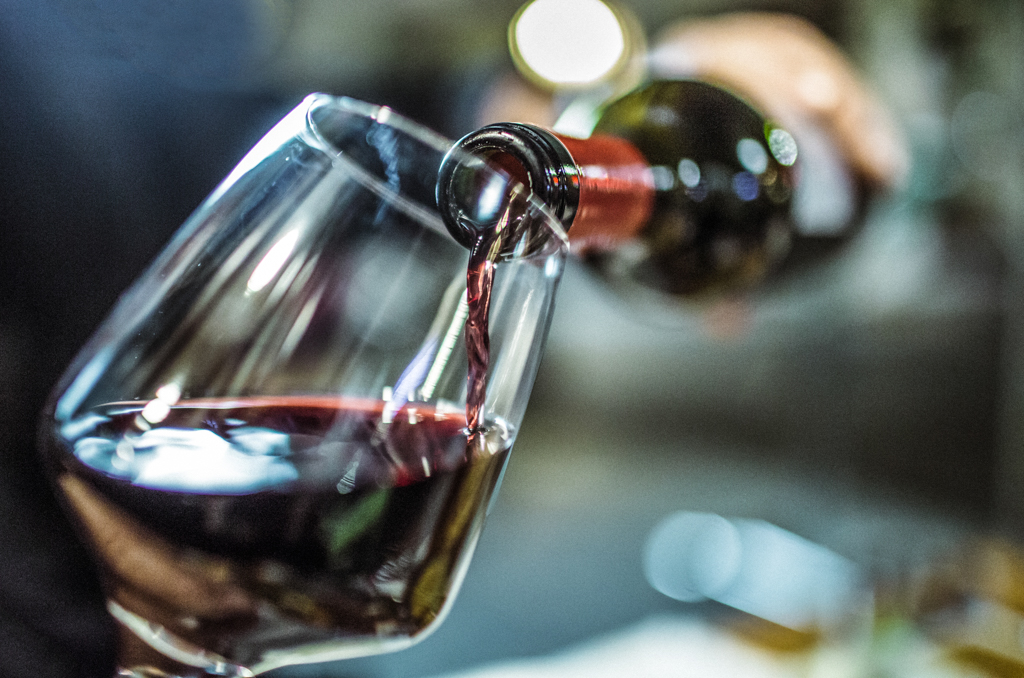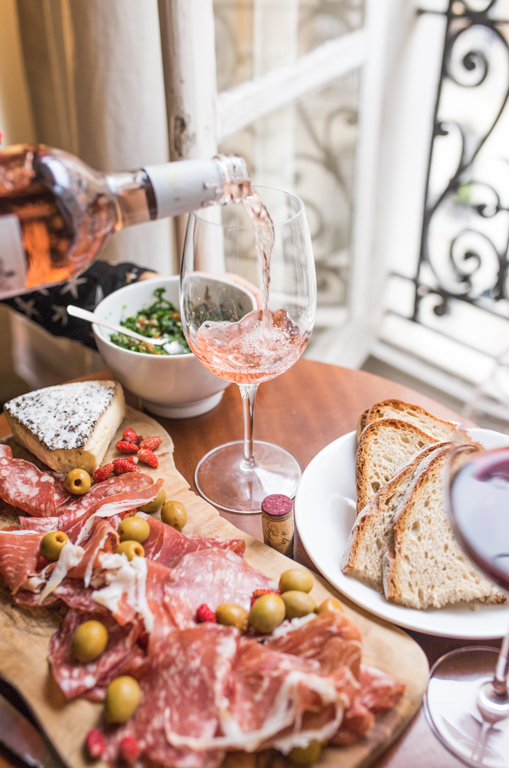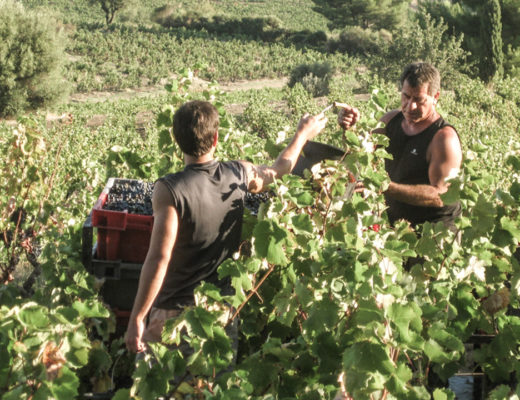
story by Virginia Miller
There are valid reasons for bringing your own wine to a restaurant: you’ve been saving a special bottle; the restaurant only offers BYOB (bring your own bottle); or it may serve great food, but it has a lackluster drink list.
BYOB is a courtesy restaurants offer, not an obligation. And it’s important to keep in mind that an increasing number of restaurants charge a premium (often $25 and up per bottle) to steer you back to the wine list. If the restaurants are doing things right, a lot of time, thought, money and effort have gone into the drink offerings, down to storing bottles at appropriate temperatures, or serving wine in proper stemware. Especially in major cities with costly real estate (e.g. New York, San Francisco, Los Angeles), profit margins are minimal, and if profit is made at all, it’s typically from alcohol. This means corkage fees only begin to make up for a restaurant’s loss when you BYOB.
While saving money may be a reason to BYOB, there are rules of etiquette. Here are the top dos and don’ts when bringing your own bottles:
DO

Call ahead
Always call ahead to inquire about corkage fees and BYOB policies (if they are not listed online), as some can be involved (e.g. $10 for the first bottle, $15 for each additional bottle thereafter, corkage fee waived if one bottle is purchased from the menu, etc.).
Chill or decant
If you’re bringing a white, rosé or sparkling wine, make sure to bring it pre-chilled. The restaurant can certainly put the bottle on ice, but most won’t be able to fast chill it. If you’re bringing a special bottle that needs decanting, this is worth mentioning when you call ahead to ensure they have proper decanters — you may even need to drop the bottle off in advance if it needs a longer decant.
Bring the bottle in a paper bag or wine tote
At a more casual restaurant, it’s expected you might have just grabbed a bottle at a neighboring liquor or wine shop, which means bringing a bottle in a paper bag is fine. At more upscale restaurants, however, go with a wine tote or canvas bag.
Pair your wine with food
Scan food menus ahead online as you select your wine, but also utilize your waiter or sommelier for best dishes to pair with the bottle(s) you brought.
Tip accordingly
While some consider corkage a service fee that needn’t be tipped on, the extra service required to store and clean glassware, plus the money the restaurant loses from you not ordering a bottle from its list, warrants a tip on the whole check.
DON’T

Bring a cheap bottle
The equivalent of “Two Buck Chuck” will be met with disdain and minimal service at best. Not only is bringing bargain-basement wine an insult to an entire staff, but you will pay a premium when you tack on the corkage fee. Bringing your own bottle is like saying, “I have something I’d rather drink than what you have on your wine list,” so make sure that is the case. And so:
Bring a bottle already on the list
It is considered the ultimate faux pas to bring a bottle that already exists on the wine list — and some restaurants may not even allow it. Check the wine list online, or for even more up-to-date information, ask when you call about corkage fees and BYOB policies.
Quibble about glassware
If you’re bringing a rare, vintage bottle and didn’t check ahead on specific glassware, that is on you. While it’s fair to ask for a different glass if you’re bringing an exceptional bottle, best to make sure you’re at a restaurant that knows their wine and stocks the appropriate glassware.

Bonus Points:
The ultimate wine etiquette — which can often lead to better service — is to offer your server or sommelier the first sip or a taste of your bottle as they uncork the wine. Again, another good reason not to bring a poor quality wine.





